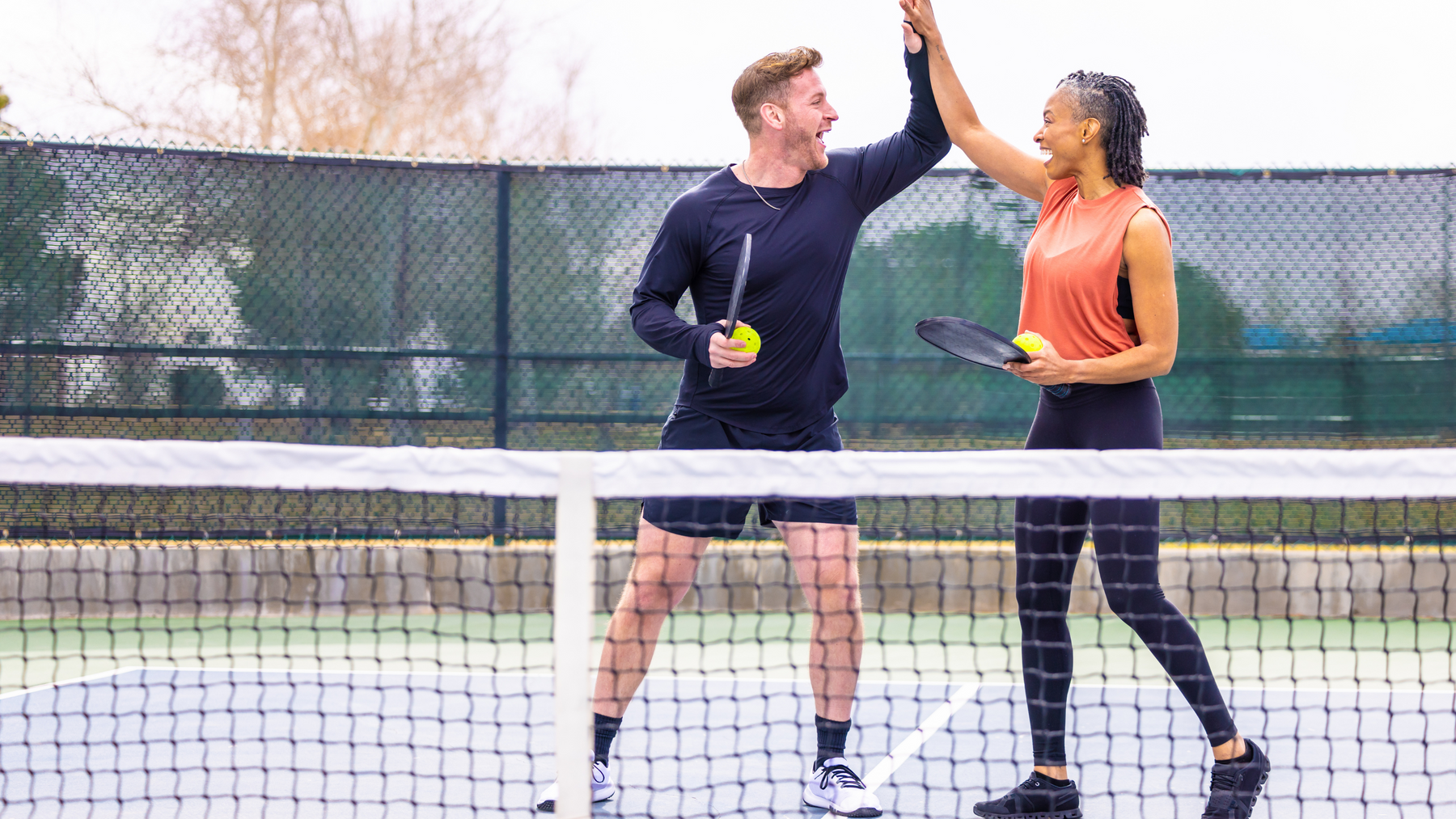
How to Choose the Best Pickleball Shoes for Any Surface
Pickleball, the sport that’s rapidly growing in popularity, demands not just skill and strategy, but also the right equipment to enhance performance and minimize the risk of injury. Among the most critical pieces of gear are the shoes you wear while mastering the courts. Here’s a guide to choosing the best pickleball shoes that align with every playing surface, ensuring that your feet stay comfortable, secure, and ready to take on the competition.
Table of Contents
1. Understanding the Unique Requirements of Pickleball Shoes
Pickleball is often likened to tennis, but the footwear requirements for these two sports are distinct. Unlike tennis, pickleball involves more lateral movements, which necessitate a shoe design that focuses on areas like the ball of the foot that experiences quicker wear and tear. Essential features include a reinforced toe box and heel, a durable outsole for excellent court traction, and lightweight construction to enhance agility.
2. Distinguishing Between Indoor and Outdoor Pickleball Shoes
The type of court—whether indoor or outdoor—plays a significant role in your shoe choice. Outdoor courts, often made of rougher materials like asphalt or concrete, require shoes with resilient soles that withstand substantial wear. On the contrary, indoor courts, possibly having slippery hardwood surfaces, necessitate shoes that offer a strong grip, ensuring that you maintain balance and control during intensive play.3.
3. Key Features to Consider
- Cushioning: Pickleball involves swift and diverse movements, necessitating shoes that provide robust shock absorption. Shoes with reliable cushioning reduce joint impact and offer a responsive feel during fast-paced matches.
- Toe Box Strength: Shoes with a durable and protected toe box are essential. Such a design prevents premature wear, safeguarding your feet during sudden stops, starts, and pivots.
- Knee Support: Given the physical demands of pickleball, shoes should offer excellent knee support, preventing excessive strain and potential injuries. Shoes with enhanced midsoles and a profound heel cup are usually ideal.
4. Special Considerations for Different Foot Types
- Plantar Fasciitis: Shoes with a fine balance between cushioning and stability, especially focusing on arch support, are recommended for individuals with plantar fasciitis.
- Wide Feet: Look for brands offering wider shoe variations, ensuring that the footwear doesn’t restrict movement, allowing ample room for comfort.
- Flat Feet: Shoes with in-built arch support, or those allowing for the insertion of custom insoles, are advisable for those with flat feet.
- High Arches: For high arches, stability is key. Consider shoes with a broader base and supportive heel, ensuring proper balance and support.
5. Rely on Expert Opinions and Reviews
While selecting pickleball shoes, consider the insights of industry experts, and rely on reputable and well-curated guides. Opt for brands that have been consistent in producing quality court-specific shoes and come highly recommended by professionals in the pickleball arena.
6. Conclusion
Investing in the right pickleball shoes can significantly uplift your playing experience, keeping you comfortable and reducing the risk of injuries. By focusing on individual needs, court types, and expert recommendations, you can find the perfect pair to keep you moving swiftly and confidently on the pickleball court.
7. Frequently Asked Questions
-
How often should I replace my pickleball shoes?
The lifespan of pickleball shoes varies based on usage frequency. However, a general guideline is to consider replacing your shoes every six to twelve months, ensuring that you always have optimal foot support and shoe traction. -
Are tennis shoes suitable for playing pickleball?
While tennis and pickleball shoes may seem similar, they cater to the unique demands of each sport. Pickleball shoes are specially designed to support the lateral movements predominant in the sport, making them more suitable than regular tennis shoes.
-
What makes a pickleball shoe ideal for outdoor courts?
For outdoor courts, durability is crucial. Shoes with resilient soles that can withstand rough surfaces such as asphalt or concrete are ideal. They should also offer excellent traction to prevent slips and slides on varying outdoor surfaces.
-
How do I choose pickleball shoes if I have foot conditions like plantar fasciitis or flat feet?
Focus on specific shoe features that cater to your condition, such as enhanced arch support for flat feet and a balance of cushioning and stability for plantar fasciitis. Consulting a podiatrist for personalized recommendations is also advisable.
-
What should I look for in pickleball shoes to prevent knee strain?
Shoes that offer robust knee support, stability, and shock absorption are essential. Look for features such as reinforced midsoles and deep heel cups to minimize knee stress during play. -
Is there a difference in pickleball shoes for men and women?
Yes, there are differences in the design and fit of pickleball shoes for men and women, tailored to meet the unique anatomical and biomechanical needs of each gender.
-
Can I use my indoor pickleball shoes on outdoor courts and vice versa?
It's best to use shoes designed for the specific type of court you are playing on. Indoor shoes might not provide enough durability for rough outdoor surfaces, and outdoor shoes might lack the grip required for indoor courts.

